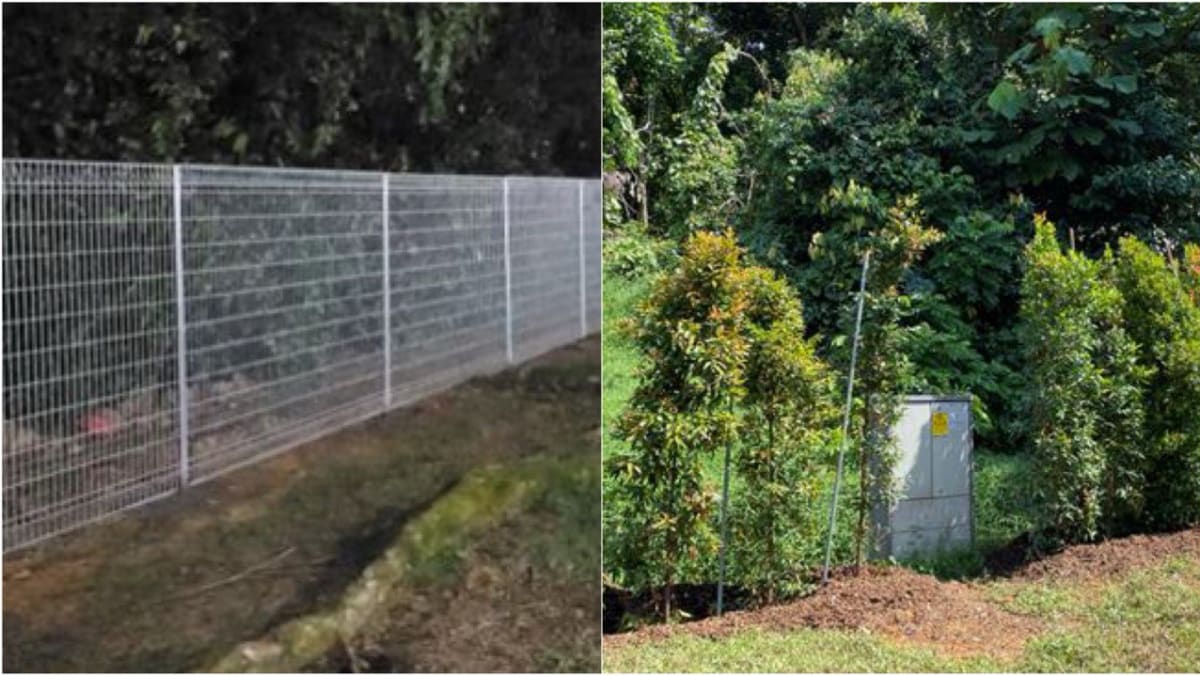MEASURES TAKEN OVER THE YEARS
Over the years, NParks has taken measures to facilitate the safe movement of Singapore’s wildlife and improve the safety of motorists.
These included road closures, wildlife crossing aids such as the Eco-Link@BKE, aerial rope bridges and culverts, an animal detection system and habitat enhancement.
Culverts are waste water pipes that cross under roads.
The government agency has also worked with various groups to track incidents of roadkill resulting from vehicular-wildlife collisions since 2014.
Some of the groups involved are the Animal Concerns Research and Education Society, the Herpetological Society of Singapore that studies reptiles and amphibians, the Mandai Wildlife Group as well as the non-profit Conservation International.
“Based on analysis of past records and in consultation with stakeholders, NParks has been progressively implementing exclusion fencing and hedge planting at hotspots for vehicular-wildlife collision,” the agency said.
It noted that at the spots where the fencing was put up, there were two roadkill cases involving sambar deers and wild boars last year, down from six in 2023.
A study by NParks also found that the presence of these barriers was linked to a higher chance of wildlife using alternative crossings instead of roads.
“NParks will continue to monitor the efficacy of these mitigation measures,” it said.
“The findings will guide the rollout at other locations and the measures will be adjusted and improved as necessary.”
It will also be working with other agencies to identify other mitigation measures that can be taken, it added.
NParks reminded motorists to be alert to animals crossing and drive within speed limits when travelling along roads flanked by forested areas, especially where there are signs to indicate such crossings.
Members of the public are reminded not to handle injured wild animals on their own. For urgent reports of wildlife requiring rescue, they may contact NParks’ 24-hour Animal Response Centre at 1800-476-1600.
